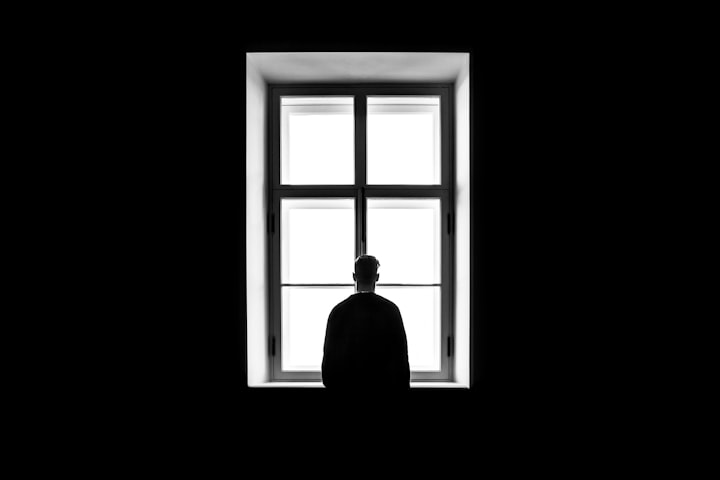Remote Work and Connection with Cabin Fever
Mental Health

Introduction
In our fast-evolving world, the architecture industry is undergoing a profound transformation marked by the widespread adoption of remote work. This blog post embarks on a journey through the realm of remote work in architecture, shedding light on its intricacies and uncovering a significant concern: cabin fever.
Remote Work in Architecture: Architects, once confined to physical offices, now navigate a digital landscape. Remote work has emerged as an enticing alternative, offering flexibility and access to a global talent pool.
The Challenge of Cabin Fever
As architects embrace remote work, a new challenge emerges – cabin fever. The confinement of remote workspaces can lead to feelings of isolation and burnout, impacting not only productivity but also mental well-being.
Our Purpose
This blog post aims to dissect the intersection of remote work and architecture, exploring the benefits and drawbacks, and providing insights on how architects can thrive in this new paradigm while mitigating cabin fever. Join us as we explore the future of architecture in an era defined by remote collaboration.
As the architecture industry embraces remote work, understanding its implications and addressing challenges like cabin fever becomes paramount. Join us on this journey to unlock the potential of remote work for architects while safeguarding their mental and professional well-being.
Understanding Remote Work for Architects
Remote work has revolutionized the architecture profession, bringing a multitude of changes, challenges, and opportunities. In this blog post, we delve into the concept of remote work in the architectural realm, shedding light on its dynamics.
The Concept of Remote Work in Architecture: Traditionally tied to physical offices and on-site meetings, architects have transcended these physical constraints. Remote work in architecture refers to the practice of designing, planning, and collaborating on architectural projects from locations outside the traditional office environment. It leverages technology to connect architects, clients, and teams seamlessly.
Benefits for Architects:
The adoption of remote work presents architects with several advantages. Firstly, it offers unparalleled flexibility, enabling architects to work from anywhere, fostering work-life balance. Secondly, it broadens the talent pool, allowing architectural firms to tap into global expertise. Lastly, remote work reduces commuting time and associated stress, leading to increased productivity.
Challenges Architects Face:
While remote work brings opportunities, it’s not without its challenges. Architects often grapple with communication barriers, hindering effective collaboration. Additionally, the absence of a physical workspace may lead to feelings of isolation, affecting creativity. Security concerns regarding sensitive architectural data in a remote setup also demand careful consideration.
Remote work has redefined how architects approach their profession. It offers freedom and access to a global network but necessitates addressing communication and security issues. As technology continues to advance, architects must adapt to these changes to thrive in this evolving landscape.
Understanding Cabin Fever
Cabin fever is a term used to describe the feelings of restlessness, irritability, and discontent that can arise when individuals are confined to a small or isolated space for extended periods. It typically occurs during situations where people are cut off from the outside world due to factors like bad weather, isolation, or, in this context, extended periods of remote work.
The psychological impact of cabin fever can be significant. It often leads to feelings of loneliness, boredom, and frustration. Individuals may experience a decline in mood and motivation, which can negatively affect their mental well-being. The lack of social interaction and exposure to natural elements can exacerbate these feelings.
Extended periods of remote work,
especially when combined with social distancing measures, can contribute to cabin fever among professionals, including architects. The absence of physical interaction with colleagues, the monotony of the same workspace, and the blurring of boundaries between work and personal life can intensify these symptoms.
In conclusion,
cabin fever is a psychological phenomenon characterized by restlessness and discontentment during extended periods of isolation. Architects and other professionals engaged in remote work should be aware of its potential impact on their mental health and take proactive measures to combat it, such as regular breaks, maintaining social connections, and creating a conducive remote work environment.
source: for more information you can click on this link and read the complete article on HN REPUBLIC
About the Creator
HAMOUN NIK
Hi everyone this is Hamoun and i'm passionate about Architecture, Construction and Technology
Owenr of HN REPUBLIC LLC. architecture and construction company located in NYC






Comments (2)
The best work at home opportunity to make real money is with Apricot Solar. They have the highest commission pay out and it cost nothing to join. They also train and assist you to making your first sales. You should at least check it out… I mean, what do you have to loose? Check this out. https://apricotsolaropportunities.my.canva.site/
Cabin fever, interesting read! Health is important! Great work!